Paul Forward
I’m 6’, 185 lbs. I wear a Large in almost everything from most brands. I do tend to swap to an XL jacket when I’m guiding to accommodate radios and other gear. Pants are tougher for me as some slimmer-fit pants bind up a little so I prefer a fuller fit. (see Bio)
I live and play in the same maritime, often-wet wintery climate as my brother Andrew. We live about a half mile away from each other here in Girdwood, so a lot of our needs are pretty similar. I also tend to err on side of lighter layers for ski touring. For resort skiing, wet-weather performance is key because I’m often only riding lifts when the weather is too stormy for helicopters, sleds, or touring.
SKI TOURING — Alaska
Base Layers
Synthetic base layers wick better and dry faster than wool, but light wool base layers like Patagonia’s discontinued Lightweight Merino Crew just feel better to me for some reason. I also appreciate that wool has notably better odor resistance which is helpful when skiing 7 days per week and living in a small single-room cabin with my wife (she has forbidden me from wearing synthetic base layer tops for this reason). Now that the Patagonia shirt is no longer available, I’ve switched over to Smartwool’s Merino 150 Base Layer Long Sleeve which is a little thicker and seems more durable.
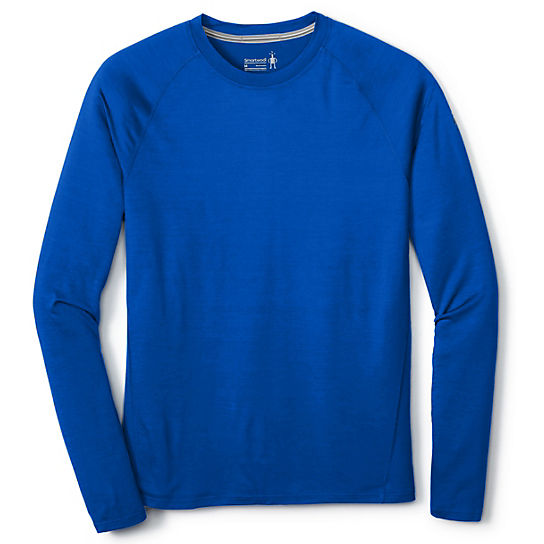
For bottoms, I go with the lightest boot-top or full-length bottoms I can find. Wool feels great, but I’ll wear through a pair in less than a season due to the friction from skinning. The Icebreaker 150 Ultralight bottoms have served me well but are definitely the least durable wool bottoms I’ve used and I’ve worn holes in the crotch in a pair in less than a month. The Smartwool 150 Base Layer Bottoms are fairly equivalent and I use them as well, though they don’t make a boot-top version (they do have a boot-top version of the 250-weight version). I’ve tried a few different synthetic bottoms and they definitely last way longer, but I haven’t yet found a pair that I love. The Patagonia Capilene Lightweight bottoms are probably my favorites, but the fit doesn’t work that well for me.
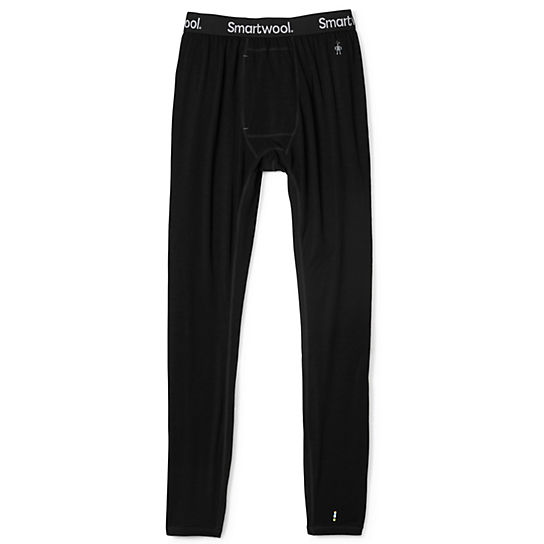
Mid Layers
This is a bit of misnomer for me while touring because I almost never wear any insulation directly over my base layers. I’ll start the day in my lightweight base layer with my Patagonia Houdini jacket (single best piece of outerwear I own for ski touring) and then either add a shell or insulation piece at the top of the hill for the transition and ski down, or as needed on the uptrack. Then, at the bottom and on the way back up, everything comes off in the reverse order without any extra futzing around taking clothes off and on.
Insulation choice depends on how cold it is:
For most days, I take the lightest, warmest synthetic piece I have. Currently that’s the Patagonia Micro Puff Hoody. It’s surprisingly warm and very light. The face fabric on mine has not proven super durable, however, as I have already needed a few patches on the sleeve and I’m not even sure how I tore it. When touring, I usually only have my puffy on if I’m taking a break or skiing down, so I prefer wind resistance and warmth over breathability. Unless it’s quite cold out (see below), my puffy’s get wet on a fairly regular basis, so most days I take synthetic insulation instead of down despite the warmth-to-weight advantage of high-loft down.
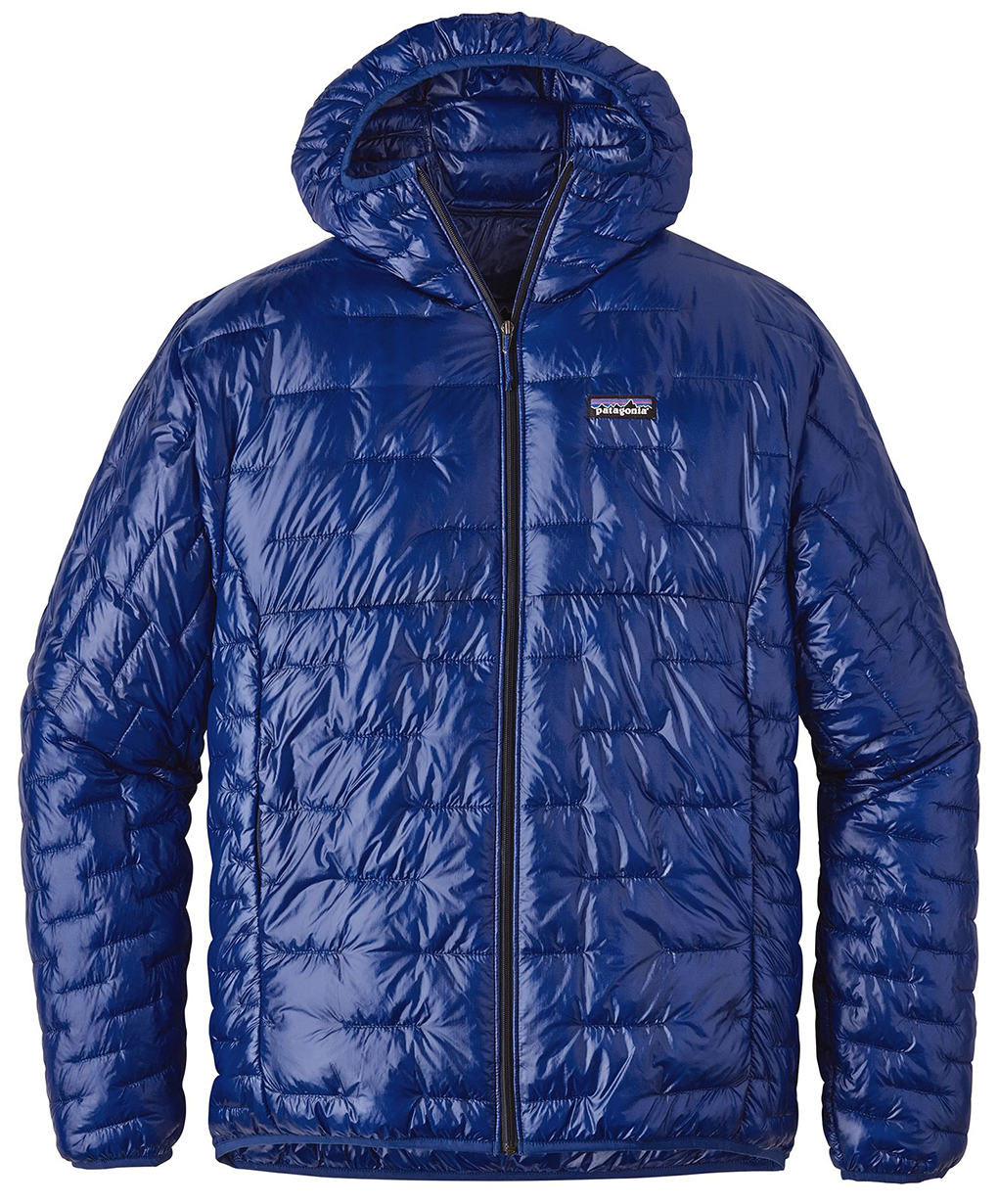
If it’s very cold (below 0° F), I will sometimes bring a Patagonia Nano-Air Light Hoody or a midweight fleece hoody like the Patagonia Thermal Weight Zip Neck Hoody (lighter and more breathable than the R1 Hoody) to augment or, rarely, replace the Houdini on the uptrack. On those days, I’ll also keep a Patagonia High Loft Down Sweater in my pack for extra safety and for any pauses in the day. If it’s truly frigid out, I will bring the Patagonia Fitzroy Jacket for safety and comfort.
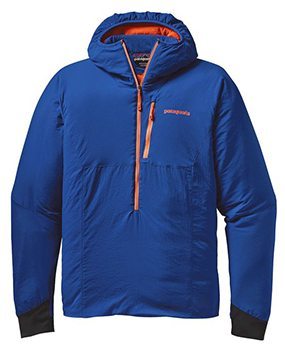
Shells
The Patagonia Houdini Jacket is my favorite piece of clothing and I always have it with me. It’s breathable, cuts the breeze, and has a great hood. It’s the first thing I put on over my baselayer and it stays on all day unless the wind is calm enough to skin in just my light wool shirt.
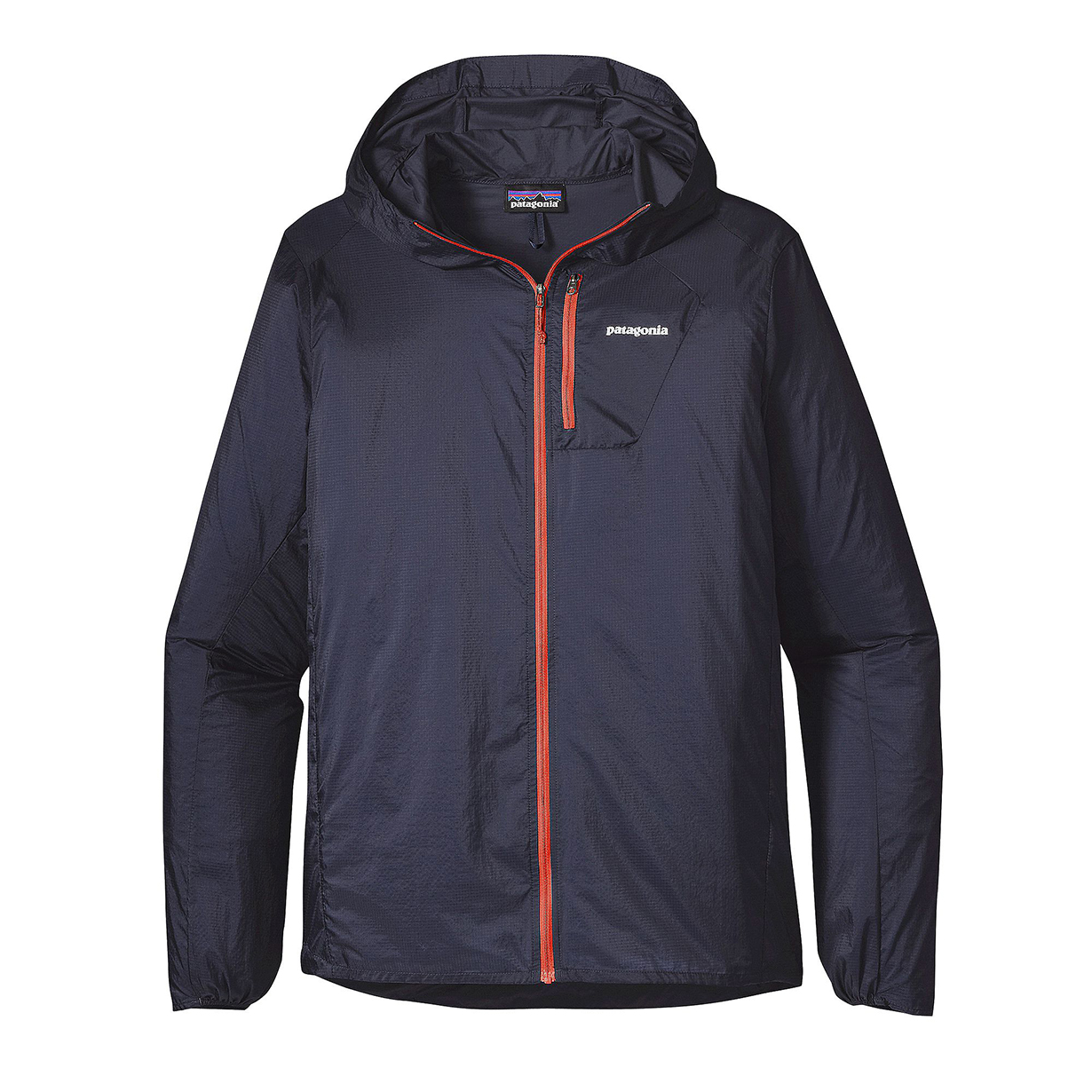
If it’s a dry, sunny day and not supposed to get super windy, I often don’t bring any shell except for the Houdini and just ski down in my puffy as my outermost layer. If there’s a good chance of high winds or precip I’ll tuck in a light shell. If I’m feeling weight-conscious I’ll pack the Patagonia Alpine Houdini. It’s much more water and wind resistant than the regular Houdini but lighter than most any shell I’ve used.
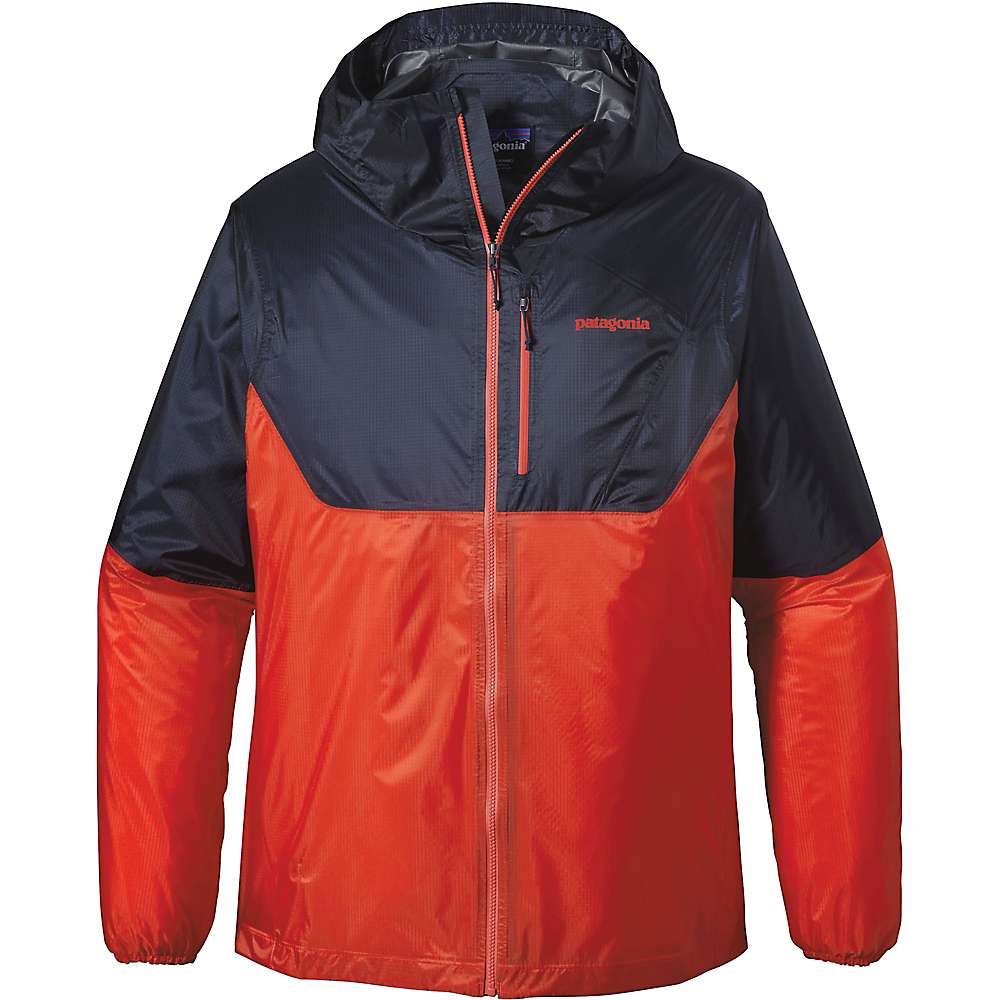
More commonly, if I’m bringing a shell touring, I’ll take either the Black Diamond Helio Alpine Shell or the Patagonia Refugitive Jacket. The C-knit fabrics on these pieces feel a touch softer than other Gore-Tex and I think they breathe fairly well. My favorite jackets have a feature layout that includes at least one chest pocket and large pit-zips. The Helio is a little lighter, but the Patagonia has better pockets and its pit zips are easier to use. Both have good hoods that I like.
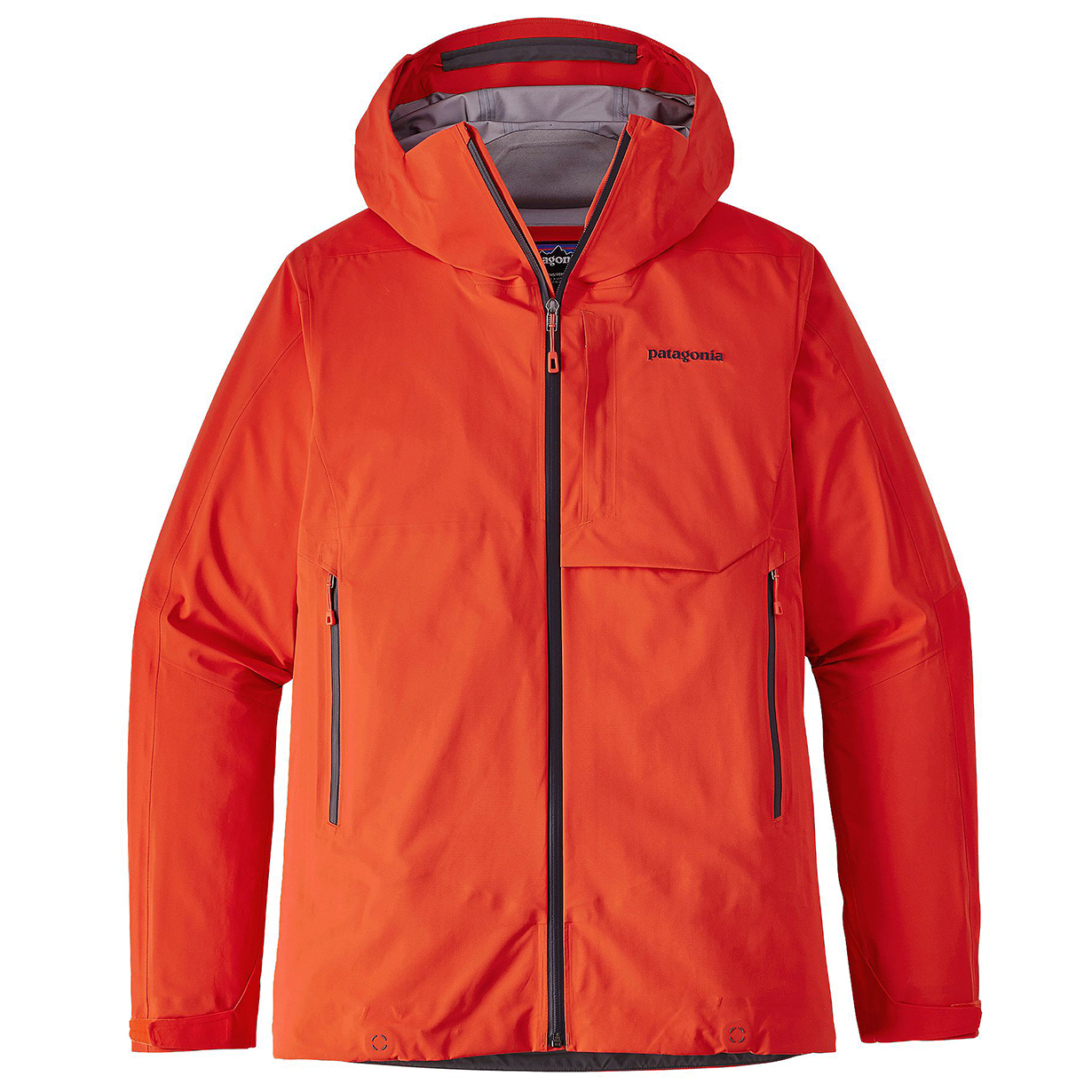
For pants, my current favorites are the Patagonia Refugitive Pants. They are light, have a great fit, belt loops big enough for a stretchy full-width Arcade belt, and have a decent venting and pocket layout. I have tried and still use a variety of soft shell or hybrid pants (soft shell with panels of waterproof material), but I spend enough time boot packing up thigh-deep steeps and skiing in maritime precip that my preference is for light, breathable hard shells.
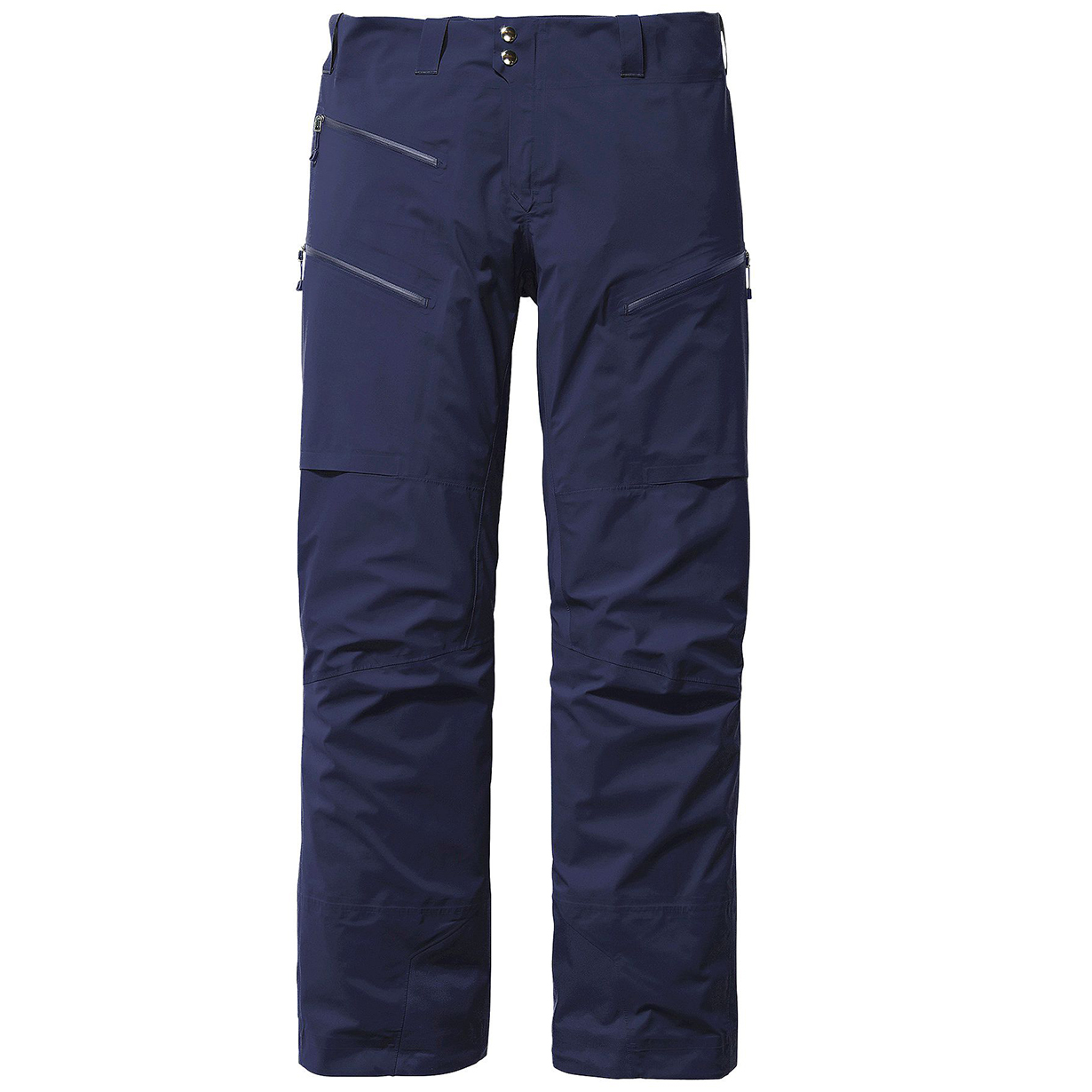
Gloves
I struggle with gloves and still haven’t found something perfect despite a lot of looking. Dexterity is super important to me but I get tired of all the soft thin gloves wearing out quickly. Unless it’s super frigid, my hands rarely get cold, so I don’t need thick gloves for touring. I also have thick wrists and wide hands so lots of gloves are a bit of a struggle to get off and on.
This season, I’ve been touring in a pair of Sitka Gunner Gloves that are actually designed for hunting. They’re made of soft leather, are very dexterous, have a Gore Windstopper laminate, and are super easy for me to slide on. I’m skeptical of their long-term durability, but so far, so good. As of now, I’d buy the Sitka’s instead of another pair of the Hestra Ergo Grip Active, my previous favorite.
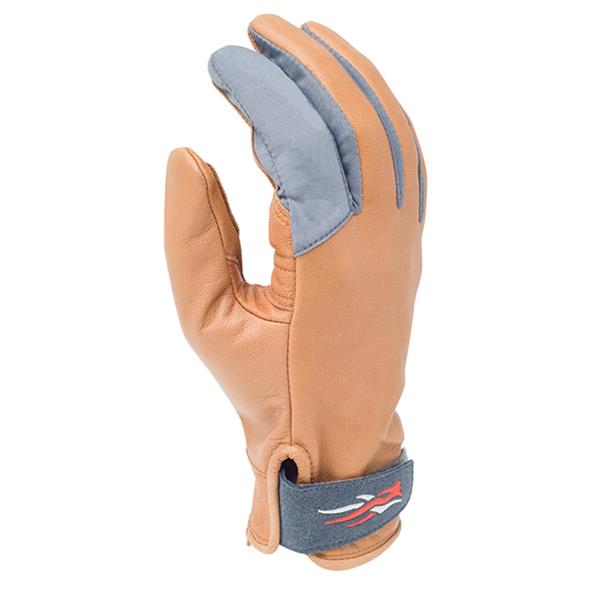
Hat
It seems like everyone has an (unsolicited) opinion about just how nerdy my Patagonia Shelled Synchilla Hat is, but it’s been my go-to for 3 seasons now. I like the small brim for wind and sun, the shell keeps the wind out, and the ear flaps fold up or down easily.
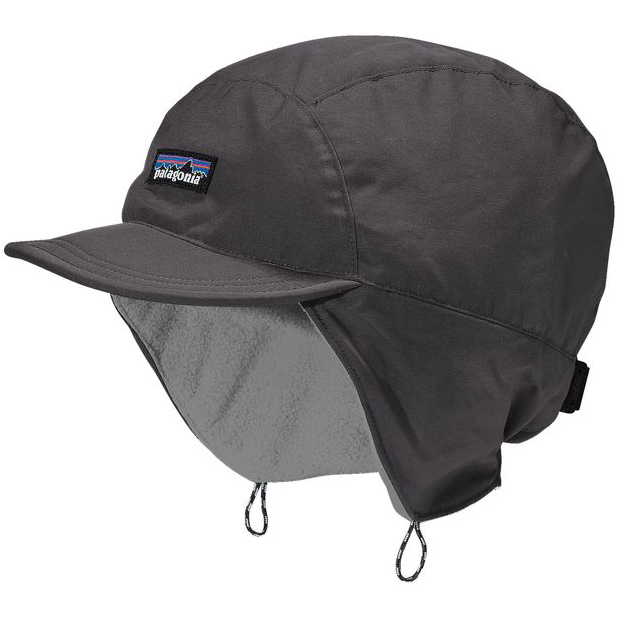
After listening to the Blister Podcast interview with Sweet Designs, I’ve started to question the wisdom of wearing any kind of hat under my helmet, but my touring setup for years has been to use a Smith Maze with all of the outfitting removed over the top of my Shelled Synchilla hat or beanie. Goggles go on the outside of the helmet, as they’re meant to, which makes the whole thing feel more secure. It’s a light, simple system, but probably not as safe as just taking off my hat and wearing a well fitted helmet without the hat under it.
MECHANIZED SKIING — Alaska
(I split my mechanized days between heli and lift-served skiing with some snowcat guiding and sled-accessed touring thrown in.)
Base Layers
On top, I usually still stick with the Smartwool Merino 150 Base Layer Long Sleeve. Starting with a lightweight shirt allows me to tweak my layers more if it warms up while riding the lifts or if I find myself digging a lot of snowpits or landing zones while guiding.

I typically go with Merino 200-250 weight boot-top bottoms either from Smartwool or Icebreaker (Icebreaker’s 200-weight Oasis Legless bottoms shown below). I also have a pair of Patagonia Capilene Midweight Boot Length bottoms that don’t fit great but they’ve lasted twice as long as my wool equivalents. When it gets really cold, I’ll double up my base layer bottoms or add a Patagonia Thermal Weight One-Piece suit over some 200-weight wool bottoms.
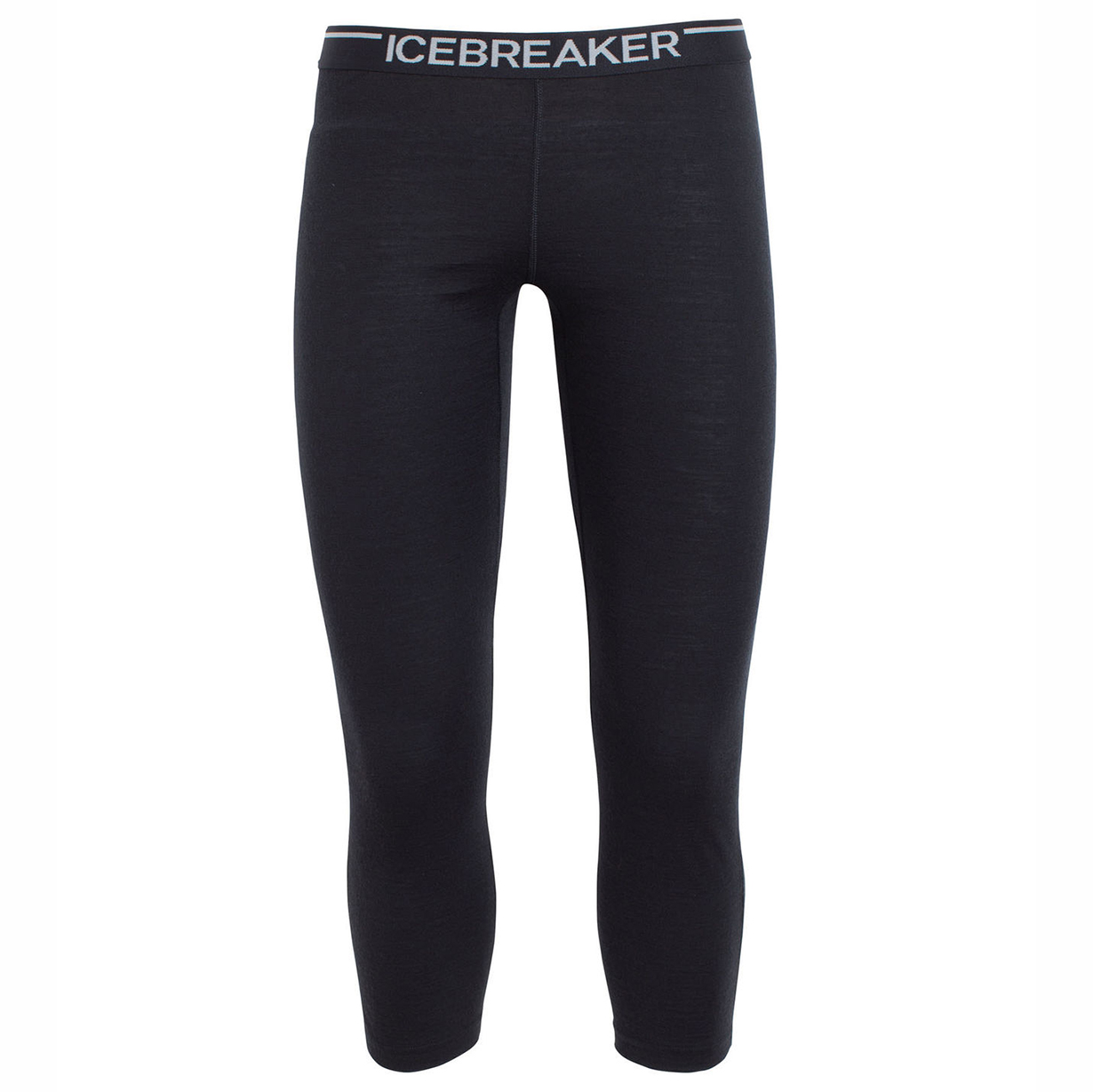
Mid Layers
Especially for heli skiing, I put an emphasis on breathability in mid layers because, unlike when I’m touring, transitions are very fast and my day alternates between high exertion activities like digging landings to skiing long runs to waiting at the bottom or on a windy ridge. I just don’t have time to constantly take my pack and jacket off, so my staple mid layer is the Patagonia Nano Air Jacket. I prefer the hoodless version because I wear a helmet, have a hood on my shell, and don’t need another hood flopping around and adding bulk. If it’s really cold, I’ll add a Black Diamond Coefficient Fleece Hoody because I like the full zip and breathability of the Polartec Power Dry grid fabric
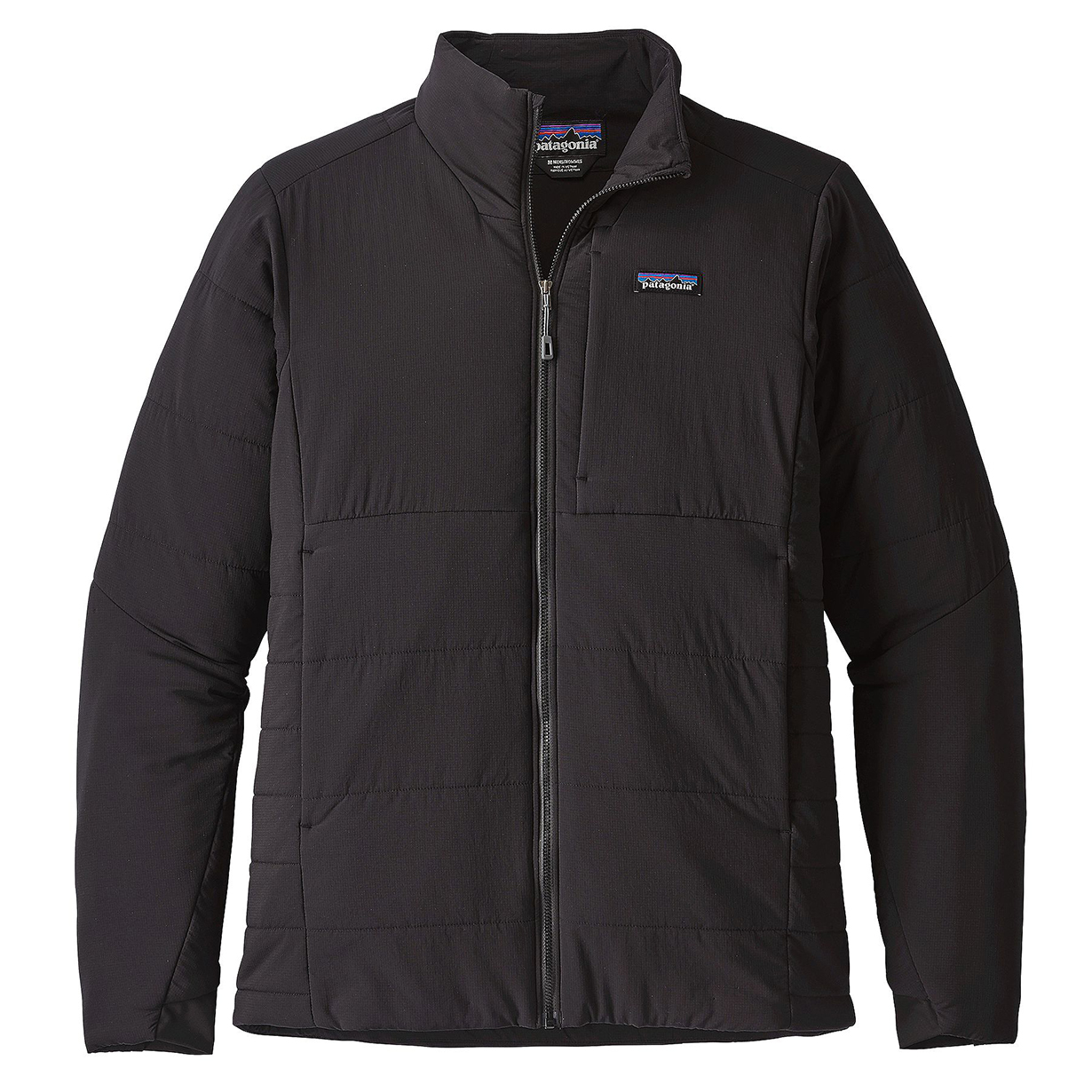
Shells
Lift-Serviced Skiing:
This is where my needs for heli skiing and resort skiing differs quite a bit. It’s pretty rare for me to ride lifts on a sunny day — I’m almost always at Alyeska when it’s storming to some degree. For that, I prefer the most waterproof jacket I can get, and almost always opt for something made of Gore-Tex Pro. I haven’t found the perfect Gore Pro suit yet, however. I had zipper issues with the Black Diamond Mission Pro, had sleeve-length and wrist velcro issues with the previous version of the Patagonia PowSlayer (haven’t yet used this season’s PowSlayer), and wished that the Arcteryx Rush Jacket had a chest pocket or two. The last jacket that was pretty close to perfect was the original 12/13 Patagonia PowSlayer Jacket, and I’m hoping that the 17/18 PowSlayer kit will provide similar performance.
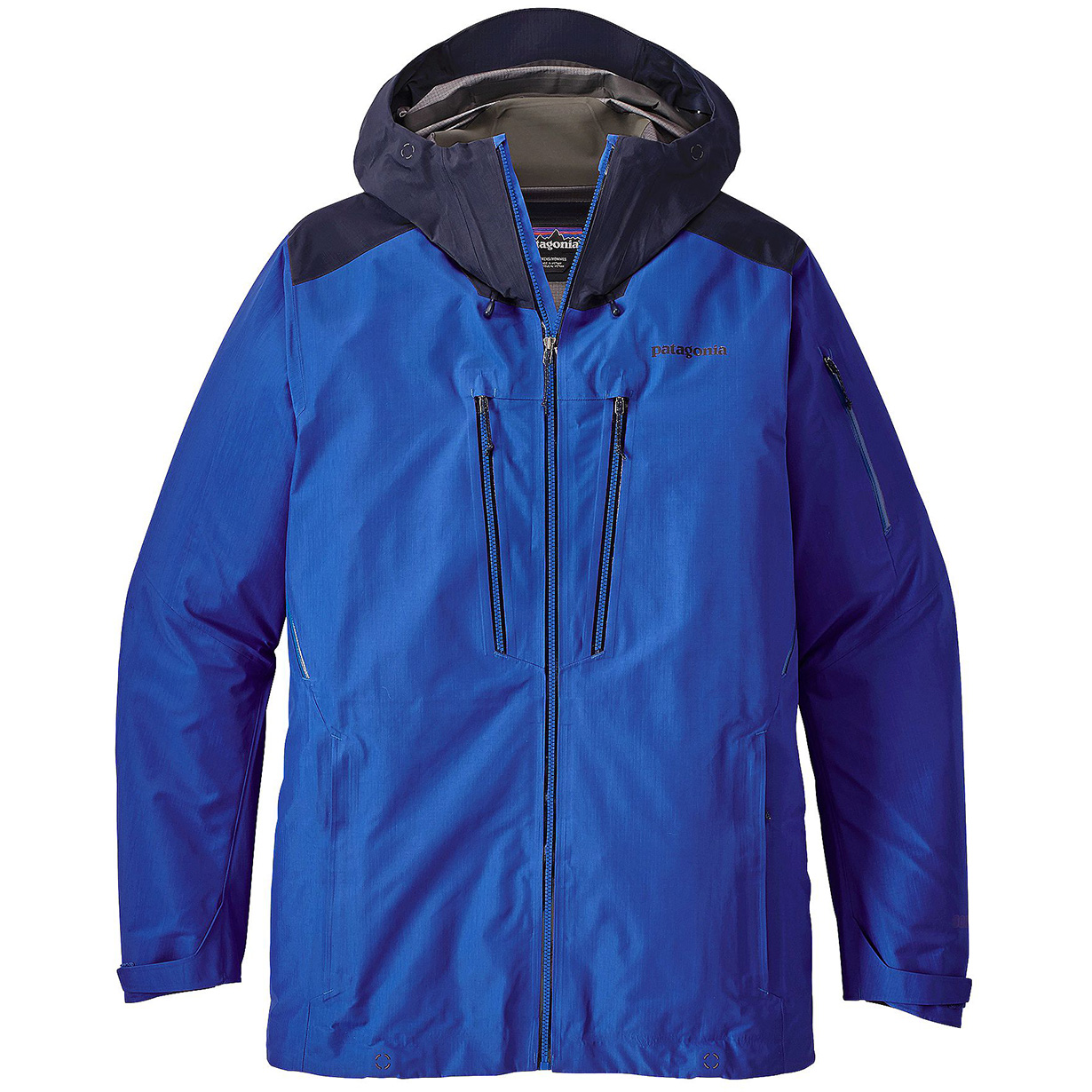
For pants, I typically prefer some kind of low bib for lift-served skiing. I like the loose feeling and they keep powder from going down my back during the inevitable deep snow tomahawk that is my signature trick on a powder day. The Patagonia PowSlayer Bib has been good in this regard, but the last two pairs that I used got shredded much faster by the day to day resort and sled skiing compared to other high-end outerwear. With both pairs, I ended up with all kinds of holes around the ankles and knees, and at the end of the season they were much worse for the wear compared to the Arcteryx Stinger Pants that held up much better. Sweet Protection’s Supernaut Pants have also held up well, but the fit is a bit too trim for me and I prefer a little lower bib. The search continues for a great pair of Gore Pro bibs…
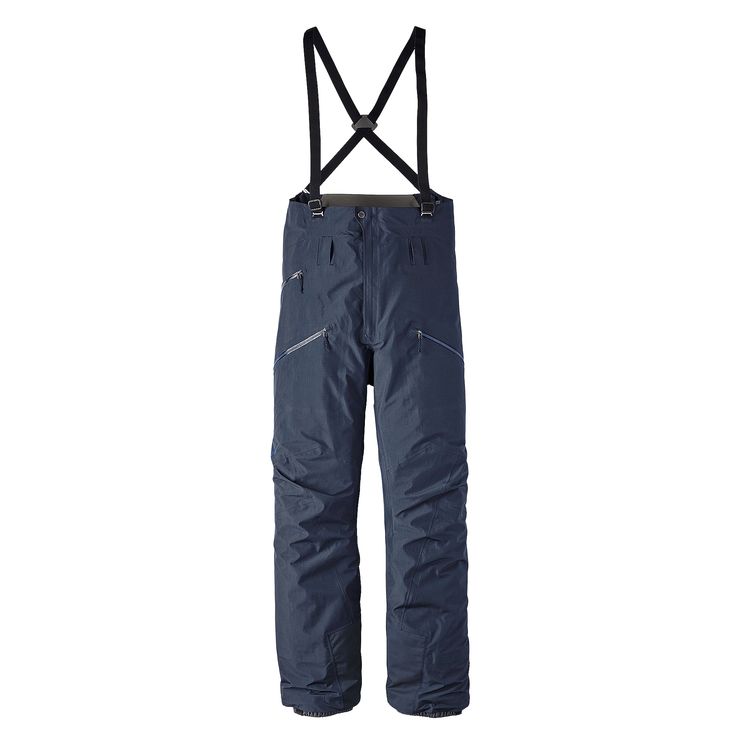
Heli Skiing:
The weather is usually pretty decent when heli skiing, so waterproofing isn’t as critical as it is for lift-served skiing (or snowcat skiing where it’s also often stormy and deep). More often the day consists of lots of digging, lots of skiing, and, occasionally, waiting for the helicopter at the bottom or top of a run. I haven’t had the chance to spend much time in the more breathable Neoshell garments but my suspicion is that something like that would probably make the best heli skiing kit (see Jonathan Ellsworth’s selections for more on these kinds of pieces). Heli guiding is also pretty hard on face fabrics, so I’d opt for something a bit more robust.
For bottoms, I tend to jettison the bibs for heli skiing to minimize the number of straps and bulk around my shoulders and chest and stick with a good pair of pants. Well designed pockets are essential and, so far, the Black Diamond Mission Pants and Arc’teryx Stinger Pants have been solid choices, especially when paired with a thick, stretchy belt.
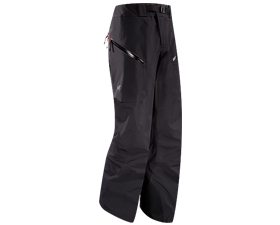
Socks
I use the same socks for all of my skiing: Smartwool PhD Ultralight Ski. If my boots fit correctly, I feel that I should be using the thinnest socks possible, even on the coldest days. I have found a few socks that are thinner, but the Smartwool PhD Ski Ultralights have held up much better.
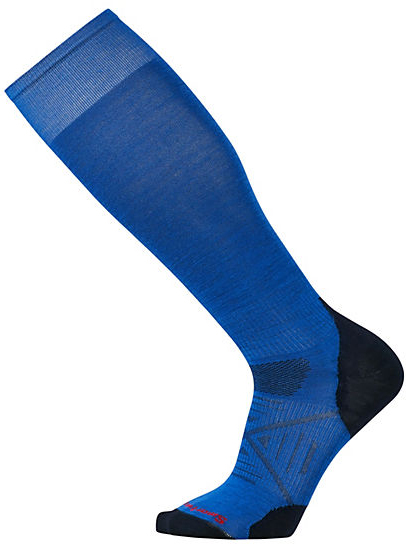
NEXT: Brian Lindahl’s Outerwear and Apparel Selections

I enjoyed reading what you guys/Gals wear and why. I use similar pieces and you gave me some ideas on adding a couple, namely the Skins A400 3/4 compression tights. I have been using the CWX compression shorts the past few years along with neoprene knee braces, but I like the 3/4 length better.
I just bought the G-Form Pro-X compression shirt, I have a AC Separation on my left shoulder and a Labrum tear on my right shoulder from a Mountain Bike crash in September, so I have been looking for some form of protection that is not overly bulky and breathes decently.
Keep up the good work.
As someone who has been looking for replacements for his trusty, but kinda old and gross, Marker Spring Gloves – I share your pain JE – I’ve struggled finding good spring / touring gloves. For me not necessarily uphill – but something with the dexterity that works for errands around a cold and windy NYC, a fall tailgate, or for warmer days we seem to keep hitting on trips west to Utah. I’m intrigued not only by Luke’s description of the M1 Trucks – but also the free shipping and returns – not to mention the price! Fingers crossed. Happy Holidays!
For thinnish gloves,, I really like the OR Lodestar gloves. Unlike most gloves of similar thickness they don’t have any membrain.coating or insert.
This has two benefits:
First: breathability and drying time are best in class, so even if you get them wet from snow or sweat, they will dry fast.
Two, the fleece insulation is part of the outer fabric (back nylon and leather palm) so there are no separate layers sliding across each other, to reduce grip and dexterity.
Unlike many others they have a fairly weather resistant nylon back, water resistant Pittards leather palm and finger tips, and the leather is lined with a bonded fleece, where most palms are uninsulated.
Do all of you who ski-tour with an ultralight down jacket not worry that:
1: It will lose loft during the day due to moisture (at the very least from sweat in your clothing from the ascent, if not from snow)?
2: That you will rip those ultralight fabrics/seams if you wipe out, or ski through some trees/brush?